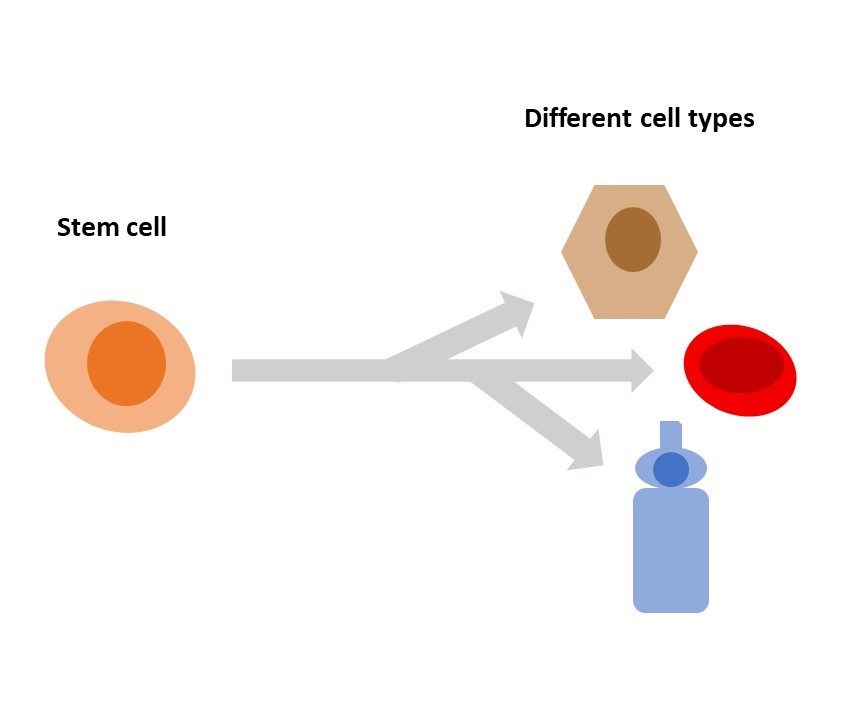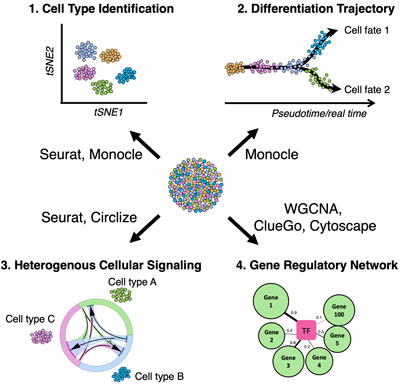Table of Contents

[/image][=video]
[/video]
The majority of sites used for bone marrow harvesting are situated in the hip bones and the sternum. In recovery, the donor may experience some discomfort in the areas where the needle was inserted.

If an autologous transplant is intended, previously accumulated stem cells, from either outer (apheresis) or harvest, are counted, screened, and all set to infuse. The prep work for a bone marrow transplant vary relying on the type of transplant, the illness needing transplant, and your resistance for sure medicines. Think about the following: Frequently, high doses of chemotherapy and/or radiation are included in the prep work.
Ablative treatment avoids this procedure of cell manufacturing and the marrow ends up being vacant. A vacant marrow is needed to make area for the brand-new stem cells to grow and develop a new blood cell production system.
It is not an operation to place the marrow right into the bone, but resembles getting a blood transfusion. The stem cells locate their means right into the bone marrow and start duplicating and expanding brand-new, healthy and balanced blood cells. After the transplant, supportive care is offered to protect against and treat infections, negative effects of therapies, and problems.
Medical Group servicing Southfield, Michigan
The days prior to transplant are counted as minus days. The day of transplant is thought about day absolutely no. Engraftment and healing following the transplant are counted as plus days. For example, a person may go into the medical facility on day -8 for preparative programs. The day of transplant is numbered no. Days +1, +2, etc, will certainly comply with.
The days are phoned number to assist the patient and household understand where they are in regards to dangers and discharge planning. During mixture of bone marrow, the person might experience the following: Discomfort Chills Fever Hives Breast pain After infusion, the individual may: Spend several weeks in the medical facility Be extremely susceptible to infection Experience too much blood loss Required blood transfusions Be restricted to a clean setting Take several prescription antibiotics and various other medicines Be provided medicine to avoid graft-versus-host diseaseif the transplant was allogeneic.
Depending upon the type of transplant and the condition being dealt with, engraftment generally takes place around day +15 or +30. Blood counts will certainly be examined typically throughout the days complying with transplant to examine initiation and development of engraftment. Platelets are typically the last blood cell to recover. Engraftment can be postponed as a result of infection, medications, reduced donated stem cell count, or graft failure.
Antibiotics, antifungal medicines, and antiviral medicines are typically provided to try to avoid severe infection in the immunosuppressed person. Thrombocytopenia (low platelets) and anemia (low red blood cells), as an outcome of a nonfunctioning bone marrow, can be dangerous and even lethal.
Pain associated to mouth sores and intestinal (GI) irritability is typical. High doses of chemotherapy and radiation can trigger extreme mucositis (inflammation of the mouth and GI tract). Liquid overload is a difficulty that can cause pneumonia, liver damage, and hypertension. The major factor for fluid overload is since the kidneys can not stay on top of the large quantity of fluid being provided in the form of intravenous (IV) medicines, nourishment, and blood items.
Hormone Therapy around Southfield

Respiratory status is an essential function that may be endangered during transplant. Infection, swelling of the airway, fluid overload, graft-versus-host illness, and blood loss are all possible deadly difficulties that might take place in the lungs and lung system. The liver and heart are essential organs that might be damaged throughout the transplant procedure.
Failure of the graft (transplant) holding in the marrow is a potential difficulty. Graft failure might happen as a result of infection, reoccurring illness, or if the stem cell matter of the given away marrow wanted to trigger engraftment. Graft-versus-host condition (GVHD) can be a major and lethal difficulty of a bone marrow transplant.
Rather than a body organ transplant where the patient's immune system will try to deny only the transplanted body organ, in GVHD the brand-new or transplanted body immune system can strike the entire individual and all of his or her body organs. This is due to the fact that the new cells do not recognize the tissues and body organs of the recipient's body as self.

The most typical sites for GVHD are GI tract, liver, skin, and lungs. Diagnosis greatly depends upon the following: Kind of transplant Kind and level of the condition being dealt with Illness action to therapy Genes Your age and overall wellness Your tolerance of specific medications, treatments, or treatments Seriousness of problems Similar to any kind of procedure, in bone marrow transplant the diagnosis and long-term survival can differ greatly from one person to another.
Stem Cell Therapy
Continual follow-up treatment is crucial for the individual complying with a bone marrow transplant. New techniques to boost therapy and to lower complications and adverse effects of a bone marrow transplant are continuously being found.
Accessed June 5, 2017. The hope is to recover damaged tissue that will certainly not adequately heal on its own. Regenerative medication therapies can be split right into 3 categories: facilitate healing by infusing or positioning real-time cells right into the patient. Examples of cellular treatment include PRP and stem cell treatments, which can be used to deal with tendinopathy and various other sports injuries.
Outer nerves, for instance, consist of Schwann cells, nerve fibroblasts, and immune cells, each playing a duty in nerve regrowth, as reviewed right here. Stem cell therapy is one of the most extensively investigated and encouraging branches of cell regeneration therapy. Some cells, such as epithelial cells in the skin or the cellular lining of the stomach tract, have a high turnover turn over price can regenerate regrowPromptly
Navigation
Latest Posts
Regenerative Therapy
Regenerative Therapy in Southfield
Stem Cell Therapy